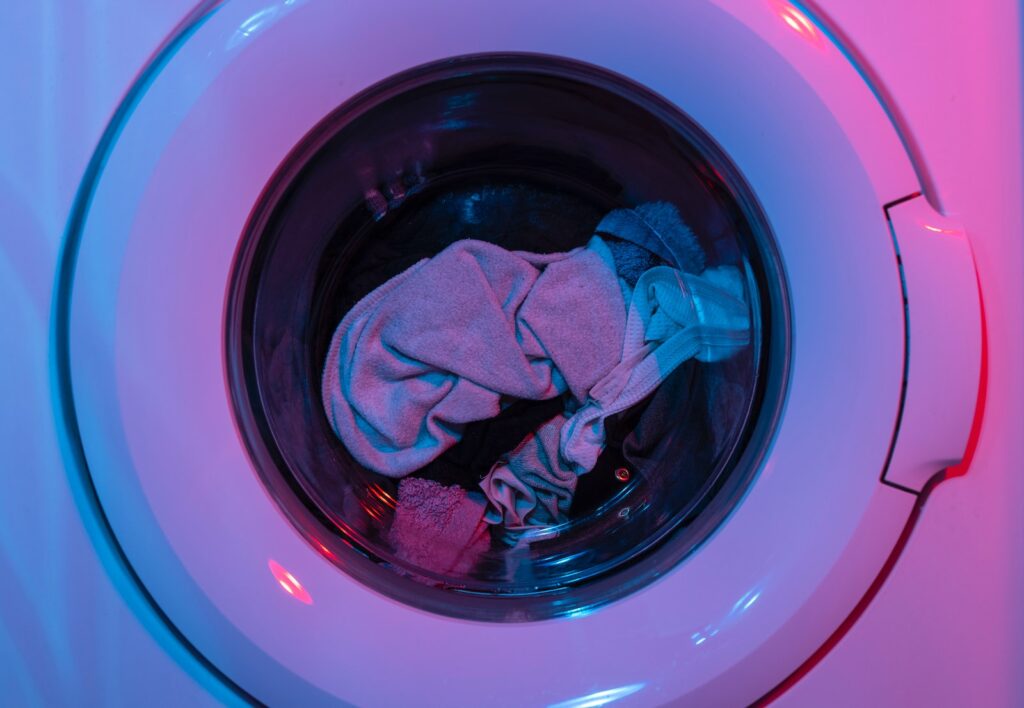UK laundry releases tonnes of polluting microfibers each year
It’s not just clothing waste that impacts the environment, as even washing clothes can lead to pollution, according to a new study.
Microfibres – tiny threads which fall from garments when they’re made, worn and washed – may be invisible to the naked eye, but they are a major source of water pollution.
To see just how big a problem this is, the University of Leeds’ School of Design tested different materials and washing conditions to discover how many microfibres are released from clothes.
Researchers found that UK laundry releases microfibres weighing the equivalent of around 600 to 1,500 double decker buses – between 6,860 and 17,847 tonnes – every year.

Postgraduate researcher and lead author Alice Hazlehurst said: ‘Quantifying microfibre release is an important step in understanding the scale of the problem, as well as the potential impacts of this form of pollution. There are already lots of estimates out there, but these vary dramatically and it’s almost impossible to make meaningful comparisons.
‘We used a reliable testing method to compare microfibre release from different fabrics and under different washing conditions in the lab. Based on our results we were able to estimate the quantity of microfibre release at a realistic scale.’
However, researchers suggest that microfibre shedding is less of a problem than the fashion industry’s waste problem, as 365,000 tonnes of clothing go to landfill in the UK each year.
Funded by trade body the European Outdoor Group (EOG) and sustainable textiles organisation The Microfibre Consortium (TMC), the team co-created a standard test to determine the amount of microfibres released by washing.
The TMC Test Method has now been adopted by EU and US standard bodies to provide a clearer picture of the issue and to help clothes brands accurately test garments and inform washing machine instructions.
The team tested 16 common fabrics, including polyester, cotton, viscose and blended materials, and measured the effects of washing conditions, including size load and how much the machine shakes.
More than twice as many microfibres were released when the ratio of water to clothing was doubled, as filling the machine with more clothes means there is less water dislodging material.
The way a machine moves and shakes clothes around also had a big impact, with microfibres shedding reduced by a more stable machine.
But it was the type of fabric which made the most difference, with chenille polyester fabrics releasing the most microfibres.
Dr Mark Sumner, Lecturer in the School of Design, said: ‘Ultimately, the research shows that fabric choice is complex and we shouldn’t assume some fabrics are worse than others.’
Photo by engin akyurt















